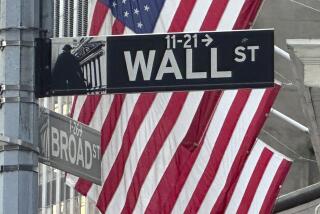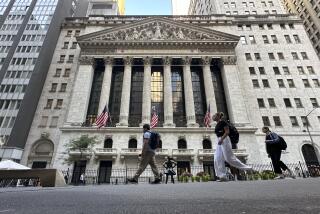Leading Indicators Index Falls
The index of leading U.S. economic indicators declined in March by the most in two years as a rise in the cost of gasoline made consumers less confident.
The New York-based Conference Board said Thursday that its gauge predicting the performance of the economy over the next three to six months fell 0.4% after a 0.1% rise in February. Separate data showed that jobless claims fell last week to match a 10-week low.
Eight of the 10 indicators that make up the leading index contributed to the decline in March. Several of the indicators were influenced by a surge in oil prices, which averaged $54.63 a barrel in March, up from $48.05 a barrel in February. Oil prices have averaged about $53 in April.
Indicators pulling the index lower included weekly initial jobless claims, which averaged 336,000 in March, up from 307,000 in February.
The average for the Standard & Poor’s 500 index declined 0.4% over the month, and the University of Michigan’s expectations index fell in March to 82.8 from 84.4 in February. It fell further in April to its lowest since March 2003, a preliminary reading last week showed.
A drop in manufacturing hours worked, a decline in the money supply, fewer orders to factories for capital equipment and faster supplier deliveries that suggest a slowdown in orders also contributed to the decline.
More to Read
Inside the business of entertainment
The Wide Shot brings you news, analysis and insights on everything from streaming wars to production — and what it all means for the future.
You may occasionally receive promotional content from the Los Angeles Times.










